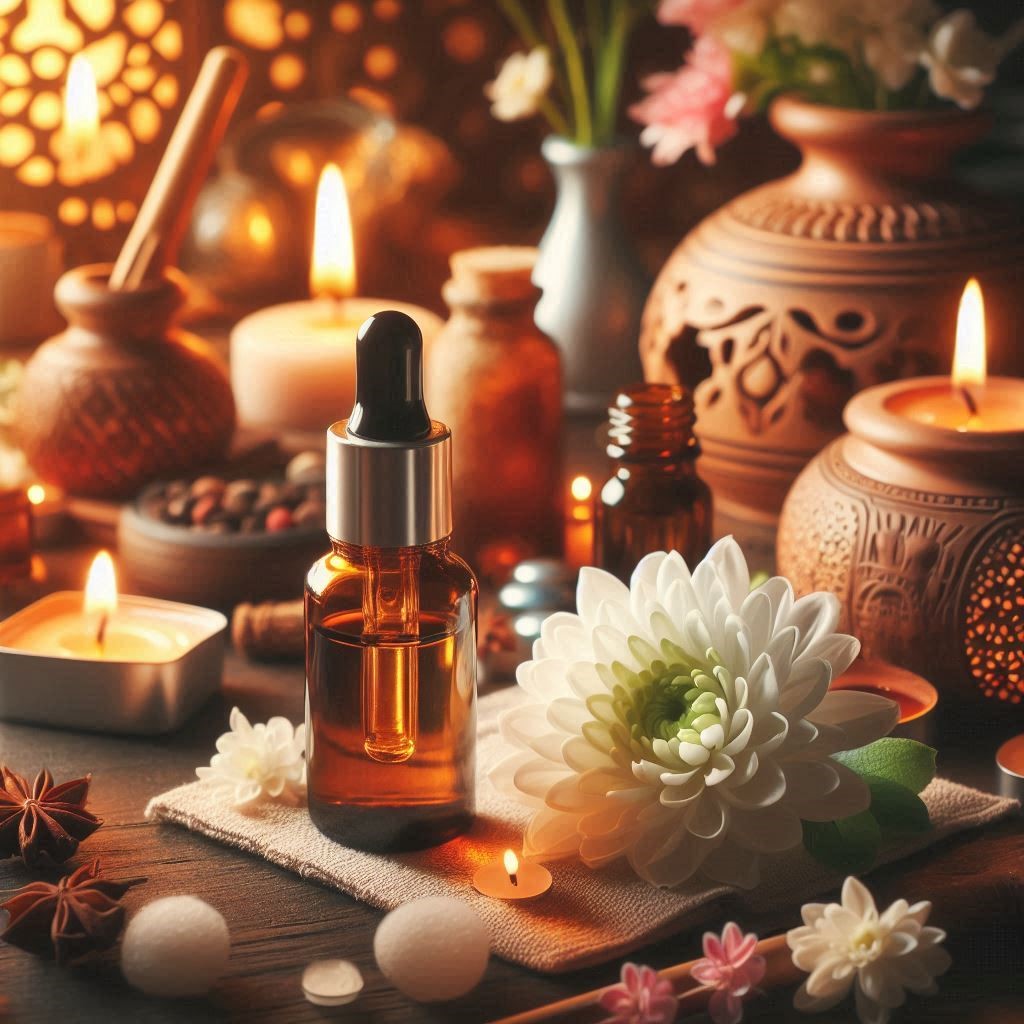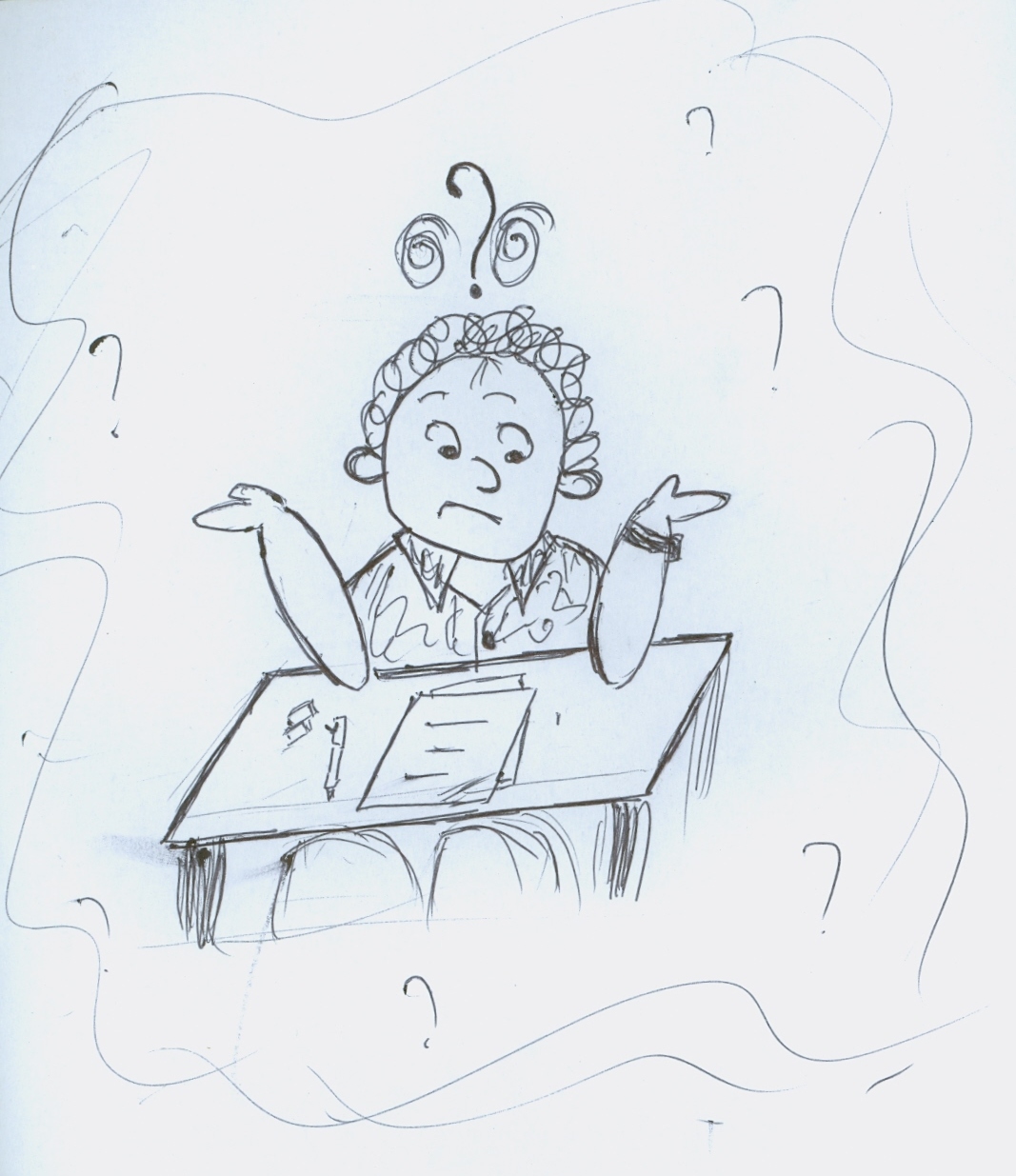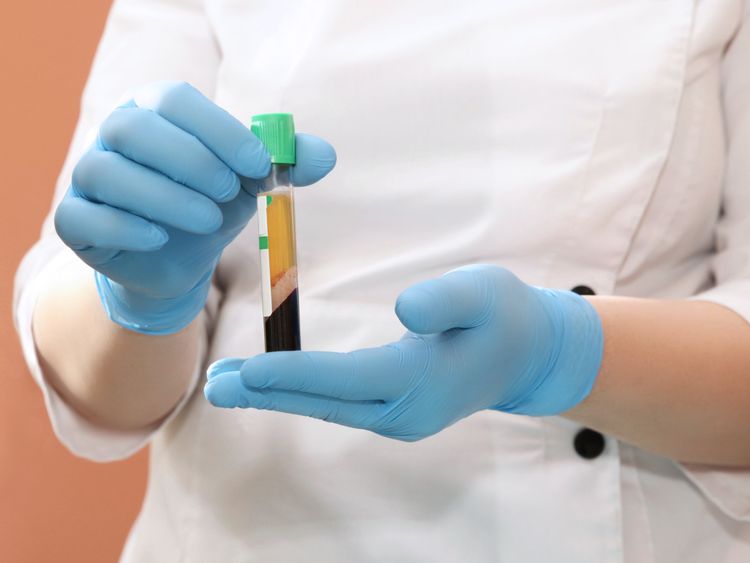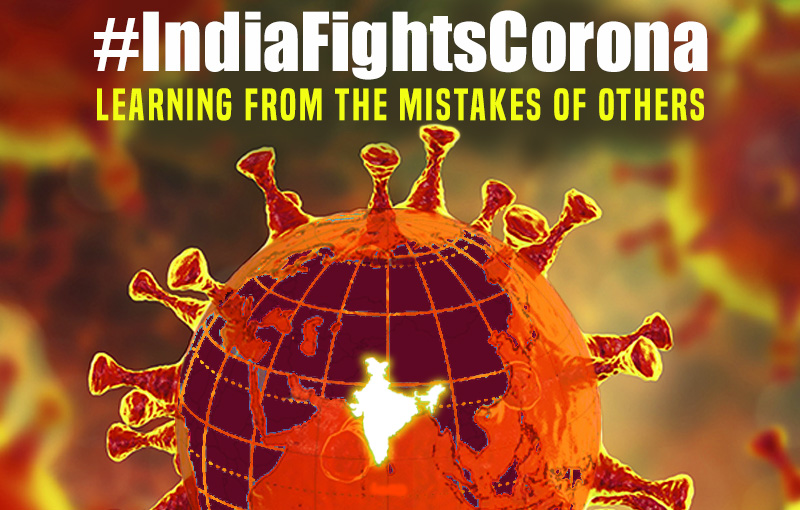
Aromatherapy: Origin, Applications, and Efficacy
There are increasing evidences that essential oils and phenolic compounds, the main biotic compounds produced by aromatic plants, display a multitude of biological properties and health-promoting effects. There has been a resurgence of interest in these plants nowadays because they are considered a healthier way of complementing the human diet.
Furthermore, these plants have great potential for food, cosmetic, and pharmaceutical applications. Overall, data hitherto reported that these plants, particularly Mediterranean species e.g., Coriander, Lavandula, Origanum, Mentha, Rosmarinus, Salvia, Thymus,Eucalyptus have attractive sources of compounds with preventive and/or therapeutic effects against several neurological conditions, namely anxiety, depression, epilepsy,
and Alzheimer’s disease, due to their capability to modulate various cellular process of the central nervous system. Aromatic plants, also known as herbs and spices, have been used in the Middle East since approximately 5000 BC for their preservative and medicinal properties, in addition to enhancing the aroma and flavor of foods. Their use continues undiminished today and
according to the World Health Organization (WHO) nearly 80% of the planet’s population, especially in developing countries still depends on plant produced medicines for their healthcare. These ancient practices laid the foundation for modern aromatherapy.
Aromatherapy, a form of complementary and alternative medicine (CAM), utilizes essential oils from plants to enhance physical and emotional well-being. Rooted in ancient practices, this modality has gained global attention for its therapeutic potential. Aromatherapy, also known as essential oil therapy, refers to the controlled use of plant-derived aromatic compounds to improve health and wellness. The term was first coined in 1937 by René-Maurice Gattefossé, a French chemist, after observing the healing effects of lavender oil on burns. Today, aromatherapy is used in diverse settings, ranging from clinical
healthcare to wellness spas.
The use of aromatic plants dates back to ancient civilizations:
• Egyptians: Used essential oils in religious rituals and embalming.
• Greeks and Romans: Incorporated oils for therapeutic massages and baths.
• India: Practiced Ayurveda, which includes the use of aromatic herbs in rituals, food and medicine.
• China: Developed aromatic compounds in traditional medicine for health and harmony.
The therapeutic effects of aromatherapy are mediated through two primary pathways:
1. Olfactory System: Aromatic molecules stimulate the olfactory nerve, activating the limbic
system, which governs emotions, memory, and mood.
2. Absorption through Skin: Essential oils penetrate the skin and interact with systemic circulation, offering localized or systemic effects.
Key components in essential oils include terpenes, aldehydes, ketones, and phenols, which exhibit antimicrobial, anti-inflammatory, and antioxidant properties. These bio-molecules are extracted by steam distillation of leaves, flowers, fruits and seeds. Aromatherapy has been applied in various domains of healthcare:
1. Mental Health:
• Lavender and chamomile oils reduce anxiety and improve sleep quality.
• Citrus oils, such as bergamot, alleviate symptoms of depression.
2. Pain Management:
• Peppermint oil eases migraines.
• Eucalyptus oil reduces joint pain in arthritis.
3. Respiratory Health:
• Eucalyptus and tea tree oils are effective in managing symptoms of asthma, sinusitis, and bronchitis.
4. Dermatology:
• Tea tree oil is used for acne and wound healing.
• Rose oil improves skin hydration and elasticity.
5. Palliative Care:
• Aromatherapy enhances quality of life in terminally ill patients by alleviating stress and pain.
Clinical studies have supported the use of aromatherapy for various conditions:
• Anxiety and Stress: A 2019 meta-analysis revealed that inhalation of lavender oil
significantly reduces stress levels in hospital settings.
• Sleep Disorders: Studies indicate improved sleep patterns in individuals exposed to chamomile oil.
• Chronic Pain: Research shows that aromatherapy massage is more effective than placebo in managing musculoskeletal pain.
Despite promising findings, variability in study design, sample size, and essential oil quality often limits conclusive evidence.
Essential oils are generally safe when used appropriately, but improper use can cause:
• Skin Irritation: Direct application of undiluted oils.
• Allergic Reactions: Sensitivity to specific plant components.
• Toxicity: Overdose of oils like wintergreen or eucalyptus.
It is crucial to consult trained aromatherapists and adhere to recommended dosages.
The future of aromatherapy lies in:
• Standardization: Developing standardized protocols for essential oil production and application.
• Integration: Incorporating aromatherapy into mainstream medicine alongside evidence-based guidelines.
• Innovative Research: Exploring nanotechnology to enhance oil delivery and efficacy.
Aromatherapy, an ancient practice rooted in holistic healing, continues to evolve a
complementary therapy. While preliminary evidence supports its efficacy in managing
stress, pain, and dermatological conditions, further rigorous studies are necessary to establish its role in modern healthcare. By ensuring safety and standardization,
aromatherapy has the potential to significantly enhance quality of life and well-being.


.jpeg)




















Feed from WhatsApp